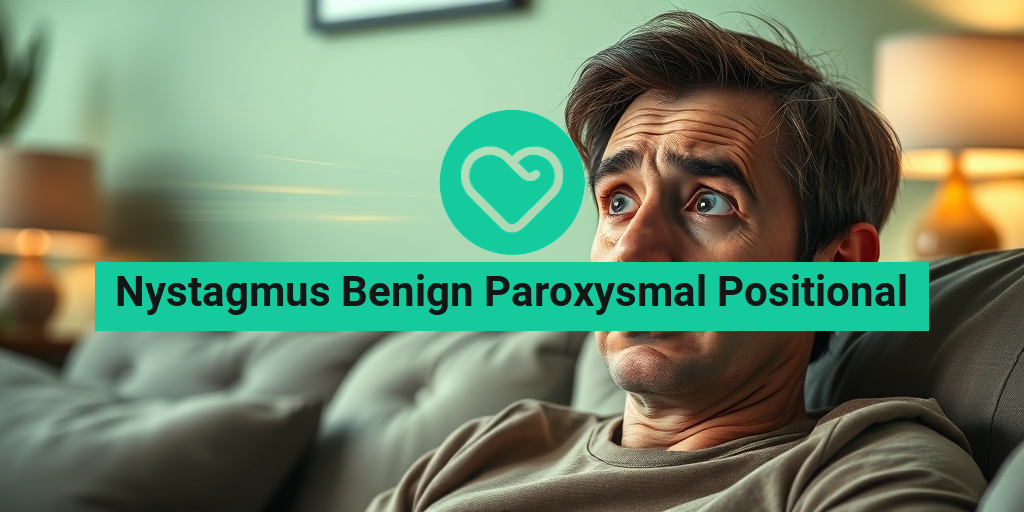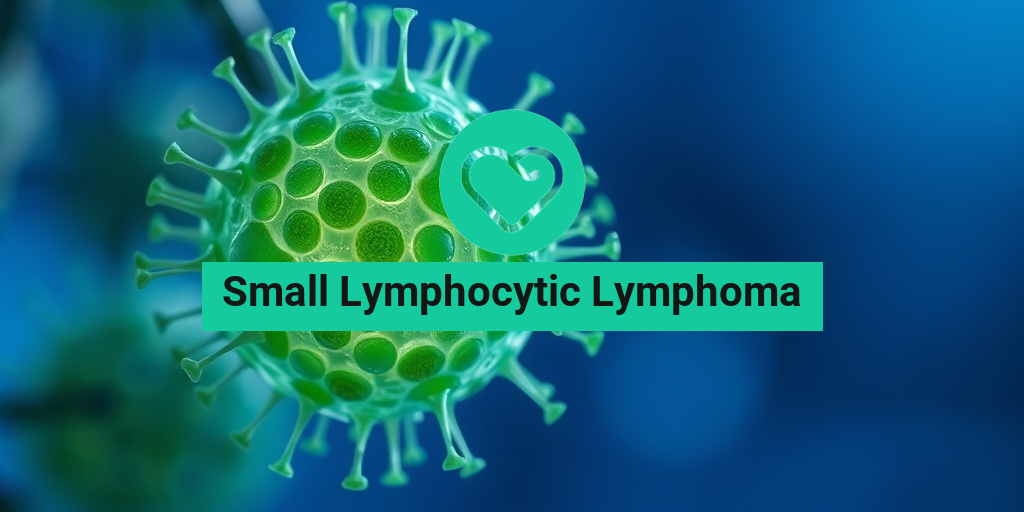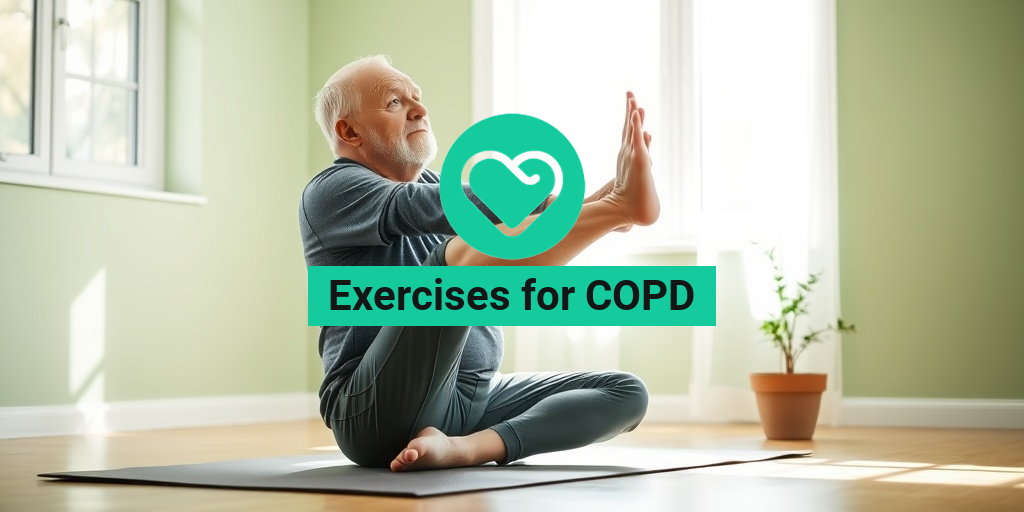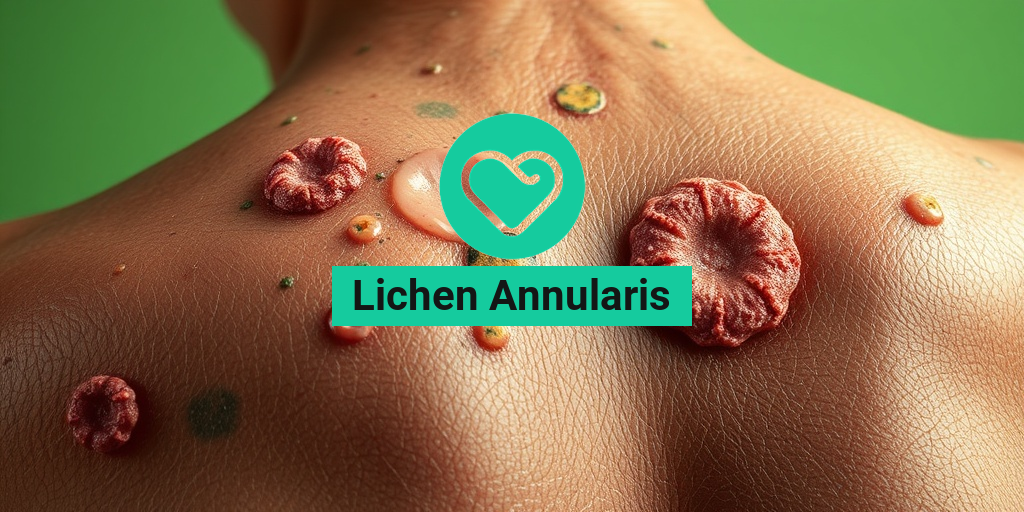What Is Nystagmus?
Nystagmus is a condition characterized by involuntary eye movements, which can lead to a range of visual disturbances. These movements can be horizontal, vertical, or rotary, and they often occur in repetitive patterns. While nystagmus can be a standalone condition, it is frequently associated with other medical issues, including benign paroxysmal positional vertigo (BPPV).
Types of Nystagmus
There are several types of nystagmus, each with its own causes and characteristics:
- Congenital Nystagmus: Present at birth or develops in early childhood, often linked to genetic factors.
- Acquired Nystagmus: Develops later in life due to various factors such as head injuries, medications, or neurological disorders.
- Positional Nystagmus: Triggered by changes in head position, commonly seen in conditions like benign paroxysmal positional vertigo.
Understanding Benign Paroxysmal Positional Nystagmus
One specific type of nystagmus that often raises concern is benign paroxysmal positional nystagmus (BPPN). This condition occurs when tiny calcium crystals in the inner ear become dislodged and affect balance. It is typically triggered by specific head movements, leading to episodes of dizziness and vertigo.
Nystagmus Symptoms
The symptoms of nystagmus can vary widely depending on the underlying cause and type of nystagmus present. However, some common symptoms include:
- Involuntary Eye Movements: The most noticeable symptom, where the eyes move uncontrollably in different directions.
- Dizziness or Vertigo: Especially prevalent in cases of benign paroxysmal positional vertigo, where changes in head position can lead to intense spinning sensations.
- Blurred Vision: Difficulty focusing on objects due to the erratic eye movements.
- Balance Issues: Individuals may experience difficulty maintaining balance, increasing the risk of falls.
- Nausea: Some people may feel nauseous, particularly during episodes of vertigo.
When to Seek Medical Attention
If you or someone you know is experiencing symptoms of nystagmus, it is essential to consult a healthcare professional. Early diagnosis and treatment can help manage symptoms effectively. Symptoms that warrant immediate medical attention include:
- Sudden onset of nystagmus.
- Severe dizziness or vertigo that interferes with daily activities.
- Accompanying symptoms such as headache, vision changes, or difficulty speaking.
Living with Nystagmus
While nystagmus can be challenging, many individuals find ways to adapt. Treatment options may include:
- Vestibular Rehabilitation Therapy: A specialized form of physical therapy that helps improve balance and reduce dizziness.
- Medications: In some cases, medications may be prescribed to alleviate symptoms.
- Assistive Devices: Tools such as glasses or contact lenses may help improve vision.
For those dealing with benign paroxysmal positional vertigo, techniques like the Epley Maneuver can be effective in repositioning the dislodged crystals in the inner ear, alleviating symptoms of vertigo.
For more information and evidence-based health answers, consider visiting Yesil Health AI, a valuable resource for understanding various health conditions, including nystagmus and BPPV.
In conclusion, understanding nystagmus and its symptoms is crucial for effective management. If you suspect you have nystagmus or are experiencing related symptoms, don’t hesitate to seek professional help. Remember, knowledge is power when it comes to your health! 💪
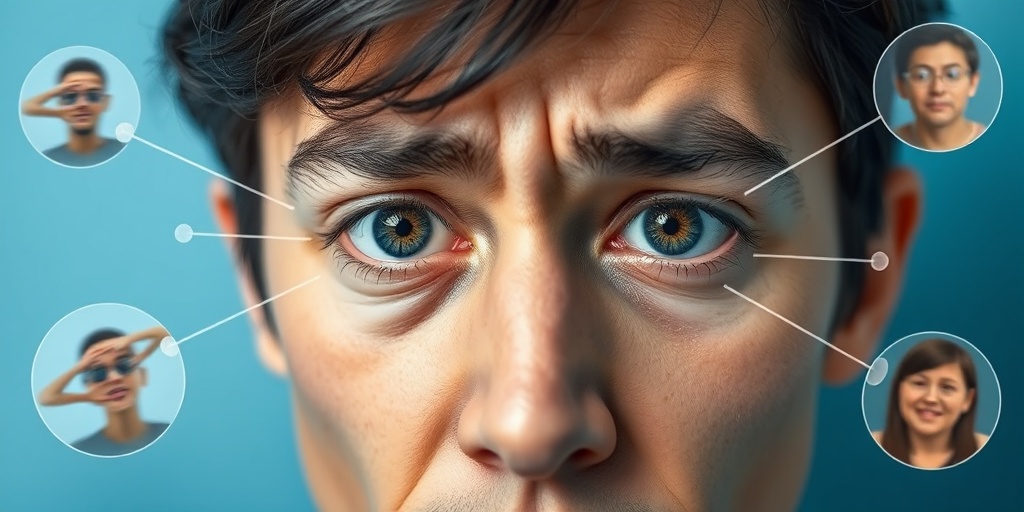
Nystagmus Causes
Nystagmus is a condition characterized by involuntary eye movements, which can significantly affect vision and balance. Understanding the causes of nystagmus is crucial for effective management and treatment. Here, we will explore the various factors that can lead to this condition.
1. Genetic Factors
Some forms of nystagmus are hereditary, meaning they can be passed down through families. Congenital nystagmus often appears in infancy or early childhood and is typically associated with other visual impairments. If you have a family history of nystagmus, it may increase your risk of developing this condition.
2. Inner Ear Disorders
The inner ear plays a vital role in maintaining balance. Conditions such as Benign Paroxysmal Positional Vertigo (BPPV) can lead to nystagmus. In BPPV, tiny calcium crystals in the inner ear become dislodged, causing dizziness and abnormal eye movements. This type of nystagmus is often triggered by specific head positions.
3. Neurological Conditions
Nystagmus can also be a symptom of various neurological disorders. Conditions such as multiple sclerosis, stroke, or brain tumors can disrupt the pathways that control eye movement, leading to nystagmus. If you experience sudden onset nystagmus along with other neurological symptoms, it’s essential to seek medical attention promptly.
4. Alcohol and Drug Use
Excessive alcohol consumption and certain medications can lead to temporary nystagmus. Alcohol affects the central nervous system and can impair coordination and balance, resulting in involuntary eye movements. Similarly, some prescription medications, particularly those affecting the nervous system, may have side effects that include nystagmus.
5. Vision Problems
Individuals with significant vision impairments may develop nystagmus as a compensatory mechanism. This is often seen in conditions like albinism or severe refractive errors. The eyes may move involuntarily in an attempt to improve visual input, leading to the characteristic eye movements associated with nystagmus.
6. Other Medical Conditions
Several other medical conditions can contribute to the development of nystagmus, including:
- Diabetes: High blood sugar levels can affect the nerves and lead to vision problems.
- Thyroid Disorders: Conditions like Graves’ disease can cause eye movement issues.
- Head Injuries: Trauma to the head can disrupt normal eye movement control.
Nystagmus Diagnosis
Diagnosing nystagmus involves a comprehensive evaluation by a healthcare professional. The process typically includes a detailed medical history, physical examination, and specific tests to determine the underlying cause of the condition.
1. Medical History and Symptoms
The first step in diagnosing nystagmus is a thorough medical history. Your doctor will ask about:
- When the eye movements began
- Any associated symptoms, such as dizziness or balance issues
- Family history of eye conditions
- Use of medications or substances
2. Physical Examination
A physical examination will include an assessment of your eye movements. The doctor will observe the direction and speed of the nystagmus, which can provide clues about its cause. They may also check your vision and perform tests to evaluate your balance and coordination.
3. Specialized Tests
In some cases, additional tests may be necessary to diagnose the underlying cause of nystagmus. These tests can include:
- Electroretinography (ERG): Measures the electrical responses of the retina to light.
- Magnetic Resonance Imaging (MRI): Helps identify any structural abnormalities in the brain or inner ear.
- Vestibular Testing: Assesses the function of the inner ear and balance system.
4. Referral to Specialists
Depending on the findings, your primary care physician may refer you to an ophthalmologist or a neurologist for further evaluation. These specialists can provide more targeted assessments and treatment options based on the specific type of nystagmus you are experiencing.
Understanding the causes and diagnosis of nystagmus is essential for effective management. If you or someone you know is experiencing symptoms of nystagmus, it’s important to seek medical advice to determine the best course of action. 🩺👁️
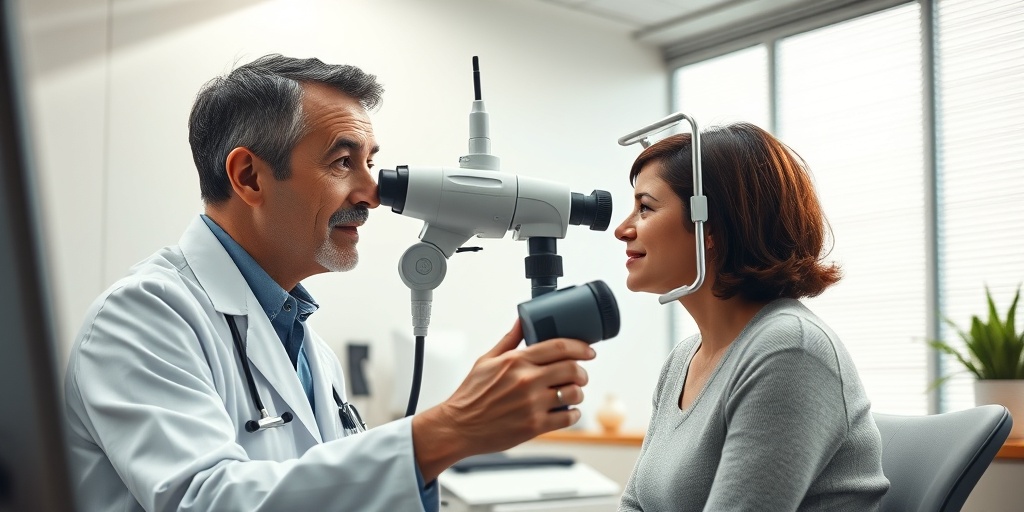
Nystagmus Treatment Options
Nystagmus, characterized by involuntary eye movements, can significantly impact daily life. While there is no one-size-fits-all solution, various treatment options are available to help manage the symptoms. Understanding these options can empower individuals to make informed decisions about their health.
Medical Treatments
Medical interventions for nystagmus often focus on addressing the underlying causes or alleviating symptoms. Here are some common medical treatments:
- Medications: Certain medications, such as gabapentin or memantine, may help reduce the severity of nystagmus. These drugs work by stabilizing the nervous system and can be particularly effective for patients with acquired nystagmus.
- Botulinum Toxin Injections: In some cases, injections of botulinum toxin (Botox) into the eye muscles can help control abnormal eye movements. This treatment is typically temporary and may require repeated sessions.
- Surgery: Surgical options, such as muscle surgery or optic nerve section, may be considered for severe cases of nystagmus. These procedures aim to improve eye alignment and reduce the intensity of eye movements.
Vision Therapy
Vision therapy is a non-invasive approach that can help individuals with nystagmus improve their visual function. This therapy often includes:
- Eye Exercises: Specific exercises can strengthen eye muscles and improve coordination, helping to reduce the frequency and intensity of nystagmus episodes.
- Visual Training: Techniques that enhance visual processing and tracking can be beneficial, especially for children with nystagmus.
Assistive Devices
For individuals struggling with vision impairment due to nystagmus, assistive devices can provide significant support:
- Prism Glasses: These specialized glasses can help align images on the retina, making it easier for individuals to focus.
- Magnifying Devices: Tools such as handheld magnifiers or electronic magnifiers can assist with reading and other close-up tasks.
Alternative Therapies
Some individuals find relief through alternative therapies, although scientific evidence may vary:
- Acupuncture: This traditional Chinese medicine technique may help alleviate symptoms for some patients.
- Chiropractic Care: Some individuals report improvements in their symptoms through spinal adjustments, although more research is needed in this area.
Nystagmus Home Remedies
In addition to medical treatments, several home remedies can help manage nystagmus symptoms. While these remedies may not replace professional medical advice, they can complement treatment plans and improve overall well-being.
Dietary Adjustments
Nutrition plays a crucial role in overall health. Here are some dietary tips that may help:
- Omega-3 Fatty Acids: Foods rich in omega-3s, such as salmon, walnuts, and flaxseeds, may support brain health and reduce inflammation.
- Hydration: Staying well-hydrated is essential for optimal brain function. Aim for at least 8 glasses of water a day.
Stress Management Techniques
Stress can exacerbate nystagmus symptoms. Incorporating stress management techniques into your daily routine can be beneficial:
- Meditation: Practicing mindfulness meditation can help calm the mind and reduce anxiety.
- Yoga: Gentle yoga can improve flexibility and promote relaxation, which may help alleviate symptoms.
Eye Care Practices
Taking care of your eyes is essential for managing nystagmus:
- Regular Eye Exams: Schedule regular check-ups with an eye care professional to monitor your condition and adjust treatments as necessary.
- Limit Screen Time: Reducing time spent on screens can help minimize eye strain and discomfort.
Support Networks
Connecting with others who understand your experience can provide emotional support:
- Support Groups: Joining a support group for individuals with nystagmus can help you share experiences and coping strategies.
- Online Communities: Engaging in online forums can provide a sense of belonging and access to valuable resources.
By exploring these treatment options and home remedies, individuals with nystagmus can take proactive steps toward managing their condition and improving their quality of life. Remember, it’s essential to consult with a healthcare professional before starting any new treatment or remedy. 🌟

Nystagmus and Balance Issues
Nystagmus is a condition characterized by involuntary eye movements, which can significantly impact a person’s balance and coordination. Understanding how nystagmus benign paroxysmal positional affects balance is crucial for those experiencing symptoms or caring for someone who does.
What is Nystagmus?
Nystagmus can manifest in various forms, but it generally involves rapid, uncontrolled eye movements. These movements can be horizontal, vertical, or rotary, and they may occur in one or both eyes. The condition can be congenital (present at birth) or acquired due to various factors, including neurological disorders, medications, or inner ear issues.
How Nystagmus Affects Balance
The connection between nystagmus and balance issues lies in the vestibular system, which is responsible for maintaining equilibrium. When the eyes move uncontrollably, it can disrupt the brain’s ability to process visual information accurately, leading to:
- Dizziness: Individuals may feel a spinning sensation, commonly associated with vertigo.
- Unsteadiness: Difficulty maintaining balance, especially when changing positions or moving quickly.
- Spatial Disorientation: Trouble judging distances or navigating environments, which can increase the risk of falls.
Benign Paroxysmal Positional Nystagmus (BPPN)
One specific type of nystagmus that is particularly relevant is benign paroxysmal positional nystagmus (BPPN). This condition often occurs when the head is moved in certain positions, such as lying down or turning over in bed. BPPN is commonly associated with benign paroxysmal positional vertigo (BPPV), which can lead to intense episodes of dizziness and balance issues.
People with BPPN may experience symptoms such as:
- Brief episodes of vertigo: Triggered by specific head movements.
- Nausea: Often accompanying the dizziness.
- Difficulty focusing: Due to the rapid eye movements.
Managing Balance Issues Related to Nystagmus
For those experiencing balance issues due to nystagmus, several strategies can help manage symptoms:
- Vestibular Rehabilitation Therapy: A specialized form of physical therapy that focuses on improving balance and reducing dizziness.
- Medication: In some cases, medications may be prescribed to help control symptoms.
- Home Safety Modifications: Making changes in the home environment, such as removing tripping hazards and using assistive devices, can enhance safety.
It’s essential for individuals experiencing these symptoms to consult with a healthcare professional for a comprehensive evaluation and tailored treatment plan. 🩺
Nystagmus Outlook and Prognosis
The outlook for individuals with nystagmus can vary widely depending on the underlying cause and the type of nystagmus present. Understanding the prognosis is vital for managing expectations and planning for the future.
Factors Influencing Prognosis
Several factors can influence the prognosis of nystagmus, including:
- Type of Nystagmus: Congenital nystagmus may have a different outlook compared to acquired forms.
- Underlying Conditions: If nystagmus is secondary to another condition, such as multiple sclerosis or a vestibular disorder, the overall prognosis will depend on the management of that condition.
- Age of Onset: Early diagnosis and intervention can lead to better outcomes, especially in congenital cases.
Living with Nystagmus
Many individuals with nystagmus can lead fulfilling lives with appropriate management strategies. While some may experience persistent symptoms, others may find that their condition stabilizes over time. Here are some key points to consider:
- Adaptation: The brain can often adapt to the eye movements, leading to improved function over time.
- Support Systems: Engaging with support groups and resources can provide emotional and practical assistance.
- Regular Monitoring: Ongoing check-ups with healthcare providers can help manage symptoms and adjust treatment as needed.
Conclusion
While nystagmus can present challenges, understanding the condition and its implications on balance and overall health can empower individuals to seek appropriate care and support. With the right strategies in place, many can navigate their daily lives effectively, minimizing the impact of nystagmus on their quality of life. 🌟

Frequently Asked Questions about Nystagmus Benign Paroxysmal Positional
What is Nystagmus Benign Paroxysmal Positional?
Nystagmus Benign Paroxysmal Positional refers to a specific type of involuntary eye movement that can occur in conjunction with benign paroxysmal positional vertigo (BPPV). This condition is characterized by brief episodes of dizziness triggered by changes in head position.
What are the symptoms of Nystagmus Benign Paroxysmal Positional?
Common symptoms include:
- Dizziness or a spinning sensation
- Involuntary eye movements
- Nausea
- Balance issues
How is Nystagmus Benign Paroxysmal Positional diagnosed?
Diagnosis typically involves a physical examination and a review of medical history. Healthcare providers may perform specific tests, such as the Dix-Hallpike maneuver, to observe eye movements and confirm the presence of nystagmus.
What causes Nystagmus Benign Paroxysmal Positional?
The exact cause can vary, but it is often associated with changes in the inner ear, which can affect balance and spatial orientation. Factors such as head trauma, aging, or inner ear infections may contribute to its development.
Is Nystagmus Benign Paroxysmal Positional hereditary?
While some cases of benign paroxysmal positional vertigo (BPPV) may have a genetic component, Nystagmus Benign Paroxysmal Positional is not typically considered hereditary. However, a family history of balance disorders may increase the likelihood of developing similar conditions.
How common is Nystagmus Benign Paroxysmal Positional?
This condition is relatively common, especially among older adults. It is one of the most frequent causes of vertigo and can affect individuals of all ages.
What treatments are available for Nystagmus Benign Paroxysmal Positional?
Treatment options may include:
- Epley Maneuver: A series of head movements designed to reposition the inner ear crystals.
- Vestibular rehabilitation: Exercises to improve balance and reduce dizziness.
- Medications: To alleviate symptoms such as nausea or dizziness.
Can lifestyle changes help manage Nystagmus Benign Paroxysmal Positional?
Yes, certain lifestyle modifications can help manage symptoms. These may include:
- Avoiding sudden head movements
- Staying hydrated
- Practicing balance exercises
When should I see a doctor?
If you experience persistent dizziness, balance issues, or any other concerning symptoms, it is important to consult a healthcare professional for a thorough evaluation and appropriate treatment.
Are there any complications associated with Nystagmus Benign Paroxysmal Positional?
While Nystagmus Benign Paroxysmal Positional itself is generally not dangerous, it can lead to complications such as falls or injuries due to balance issues. Seeking treatment can help mitigate these risks.
Can swimming cause Nystagmus Benign Paroxysmal Positional?
Swimming itself is not a direct cause of Nystagmus Benign Paroxysmal Positional, but certain movements or positions in the water may trigger symptoms in individuals already predisposed to this condition.
Conclusion
Understanding Nystagmus Benign Paroxysmal Positional is crucial for managing symptoms effectively. If you have further questions or concerns, don’t hesitate to reach out to a healthcare professional for personalized advice and treatment options. 🌊

